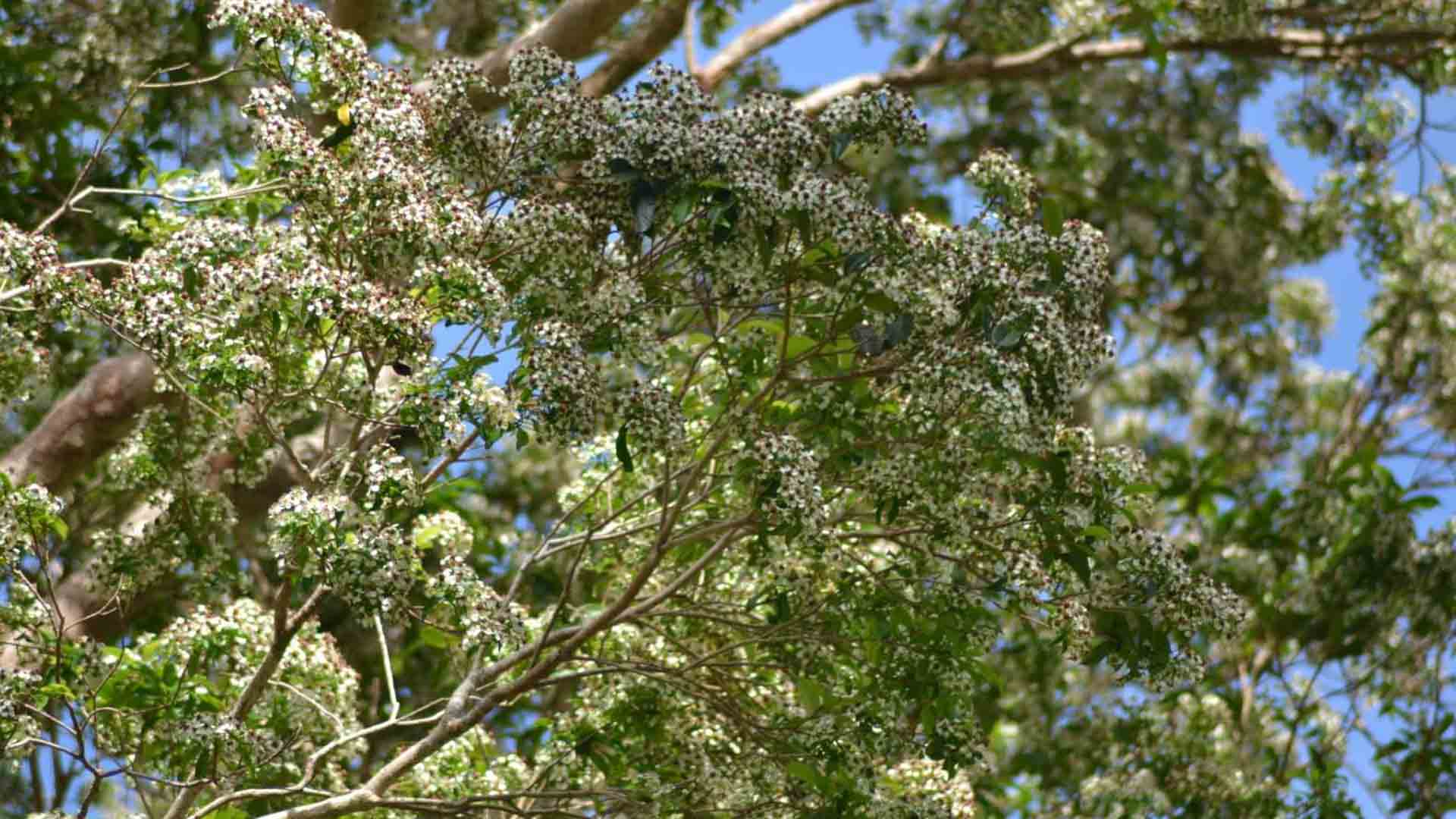Lopez-led geothermal leader Energy Development Corporation (EDC) has successfully completed its population survey of 35 threatened native species of trees under its BINHI program.
BINHI is the company’s flagship forest restoration program that has been bridging forest gaps and bringing back to abundance 96 threatened Philippine native trees in its areas of operation and in other parts of the country with the help of its 177 partners for over 11 years now.

To date, EDC has already reforested 9,372 hectares and has planted six million native tree seed seedlings since 2009.
EDC President and Chief Operating Officer Richard B. Tantoco said the completion of the target 35 tree species for the population survey from 2016 to 2019 under a partnership with the Department of Environmental and Natural Resources – Biodiversity Management Bureau (DENR-BMB) Adopt-A-Wildlife Species Program is part of its commitment to protecting the environment along with its efforts to provide uninterrupted clean, renewable power.

EDC completed the population survey and data gathering of 10 of the priority native tree species in its pilot year in 2016, followed by 10 more in 2018, and eventually completing the list in end-2019. The 15 other trees in the list were: Kaladis Narig (Vatica elliptica), Thick-leaf narig (Vatica pachyphylla), Pinulog (Palaquium mindanaense), Mindanao Narek (Hopea brachyptera), Gisok-gisok (Hopea philippinensis), Supa (Sindora supa), Kamatog (Sympetalandra densiflora), Itom-itom (Diospyros longiciliata), Malinoag (Diospyros brideliifolia), Tangile (Shorea polysperma), Yakal (Shorea astylosa), Narek (Hopea cagayanensis), Malayakal (Shorea seminis), Piling-liitan (Canarium luzonicum) and Kamagong ponce (Diospyros poncei).
After the population survey, EDC recommended the updating of these species’ conservation status through DENR and Botanic Garden Conservation International (BGCI), secretariat of the International Union for Conservation of Nature (IUCN) Red List for Tree Species. Also, EDC is now in the process of implementing an in-situ conservation project for selected threatened tree species, to continue their propagation and the establishment of an arboretum for all priority species across the country.

Under the BINHI program, EDC was tapped in May 2019 as the first and sole partner of BGCI, a Europe-based plant conservation charity, to be its partner for its Global Tree Assessment (GTA) program for the conduct of conservation status assessments of 800 Philippine endemic tree species for two years. BGCI is part of the IUCN, an organization that formulates measures for the protection of the environment through data gathering, research, field projects, advocacy, and education.
Under the partnership, EDC received a grant of £16,160 or more than P1 million for the two-year period. BGCI also trained the BINHI team, its partner organizations, and the DENR on the IUCN Red List methodology, a vigorous and internationally respected procedure following strict guidelines and data requirements on extinction risk assessments.

According to BGCI, only 25,000 of the world’s 80,000 tree species have been assessed globally or nationally for their risk of extinction. As of this writing, EDC has already submitted its list of 200 species for updating on the redlist website of IUCN.
“Our mandate is clear to us, — to keep providing clean, reliable energy without causing damage to the environment and to further protect and sustain those that remain for us to protect for the current and future generations,” Tantoco said.
For 2020, EDC will continue to pursue strategic partnerships to establish additional arboretum across its project sites and continue developing propagation protocols for its 96 priority threatened species in partnership with academic institutions and the government.
EDC’s 1,475MW total installed capacity generates 37% of the country’s total renewable energy, with its 1,181MW geothermal portfolio accounting for 61% of the country’s total installed geothermal capacity and putting the Philippines on the map as the world’s 3rd largest geothermal producer.







